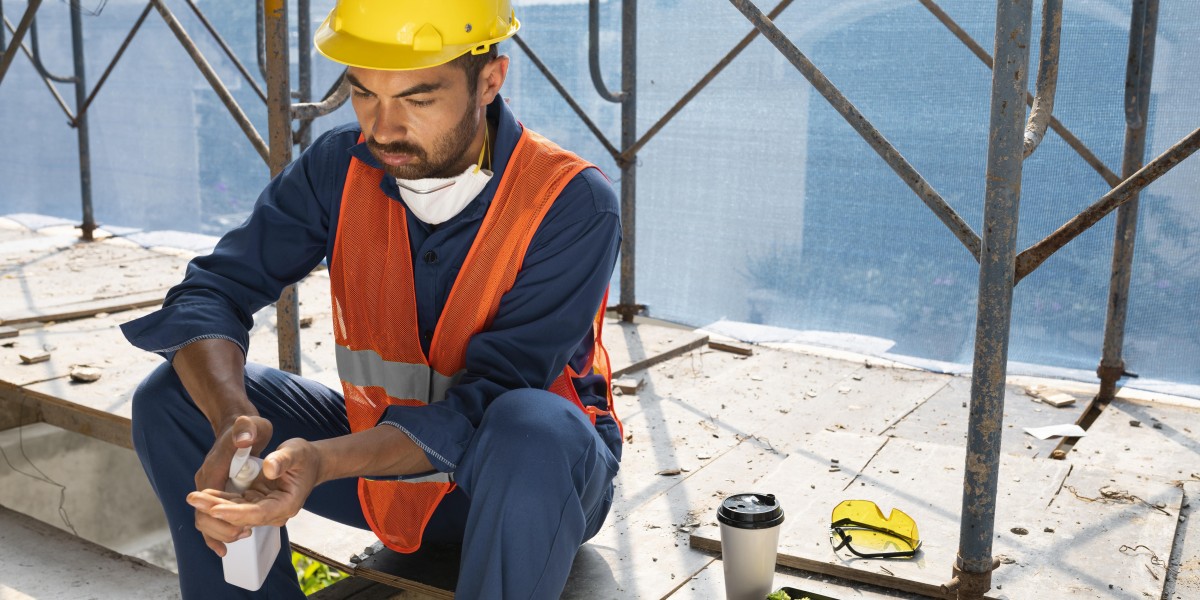Australia is experiencing a construction boom, with new residential, commercial, and infrastructure projects popping up across the country.
While this growth is great for the economy, it has created a major challenge, the shortage of skilled tradies..
From builders and electricians to plumbers and carpenters, the demand for tradespeople is higher than ever. The increasing number of construction projects means that homeowners, businesses, and developers are struggling to find skilled tradies in Australia when they need them.
With timelines tightening and labor shortages persisting, this issue is becoming a major roadblock for many projects. As a result, delays, rising costs, and a competitive market for skilled workers are becoming the norm in the industry.
Why is There a Shortage of Tradies?
The shortage of skilled tradies is not a sudden issue but a result of several contributing factors. The increasing demand for trade services, combined with an ageing workforce and fewer young people entering the field, has created a gap in the supply of qualified professionals.
Let's explore the reasons why there is a shortage of tradies:
1. Increased Demand Due to More Construction Projects
The surge in construction projects means that more tradies are needed to complete work on time. Large-scale developments, such as highways, high-rise apartments, and new housing estates, require a significant workforce. With so many projects running simultaneously, tradies are in short supply.
2. Aging Workforce and Fewer New Workers
Many experienced tradies are nearing retirement, and there aren't enough young workers entering the industry to replace them. Training to become a qualified tradie takes time, and fewer young people are choosing trade careers, leading to a widening skills gap.
3. High Training and Licensing Costs
Becoming a qualified tradie in Australia requires proper training, certification, and licensing, which can be costly and time-consuming. Many young Australians opt for university degrees instead, leaving a gap in the trade workforce.
4. Delays Due to Supply Chain Issues
The construction boom has also led to material shortages, making it difficult for projects to move forward smoothly. When materials are delayed, tradies often need to reschedule work, which creates backlogs and longer waiting times for customers.
5. Increased Competition for Skilled Workers
With so many projects happening at the same time, construction companies and homeowners are competing for the same pool of skilled workers. This has led to higher wages and longer wait times for securing a tradie.
How the Shortage is Affecting Homeowners and Businesses
The lack of available tradies is having widespread effects, particularly on homeowners and businesses that rely on these skilled workers for renovations, repairs, and new projects. Take a look at how this shortage is affecting homeowners and businesses.
1. Longer Waiting Times
Homeowners looking to renovate or fix their homes are facing long delays in finding available tradies. Businesses that rely on tradies for maintenance and repairs are also struggling to get timely service.
2. Higher Costs for Trade Services
Due to high demand and limited availability, tradies are increasing their service rates. This makes construction and renovation projects more expensive for homeowners and businesses.
3. Lower Quality Work Due to High Workload
Some tradies are overbooked with projects, leading to rushed jobs and compromised quality. Inexperienced or unlicensed workers may also take advantage of the shortage, offering services without proper qualifications.
Solutions to Address the Tradie Shortage
Addressing this growing issue requires a combination of short-term and long-term solutions. By tackling the root causes of the shortage, we can ensure a steady supply of skilled professionals for the future.
1. Encouraging More Young People to Join the Trades
Government and industry leaders need to promote trade careers as a viable and rewarding path for young Australians. Apprenticeships and incentives can help attract more workers into the industry.
2. Reducing Training Costs and Improving Accessibility
Lowering the cost of training programs and making certification more accessible can encourage more people to become qualified tradies.
3. Leveraging Technology for Efficiency
Construction companies can use modern technology, such as scheduling apps and project management software, to optimize workflows and make better use of available tradies.
4. Supporting Local Tradies
Hiring local tradies helps distribute the workload evenly and keeps businesses within the community thriving. Homeowners and businesses should prioritize hiring licensed and experienced local tradies.
Conclusion
The construction boom in Australia has created exciting growth opportunities but has also led to a severe tradie shortage. With increased demand, an aging workforce, and rising training costs, finding skilled tradies has become a challenge.
Addressing this issue requires a collective effort from the government, industry leaders, and the community. By promoting trade careers, improving training accessibility, and supporting local tradies, Australia can ensure that the construction industry continues to thrive while meeting the growing demand for skilled workers.


